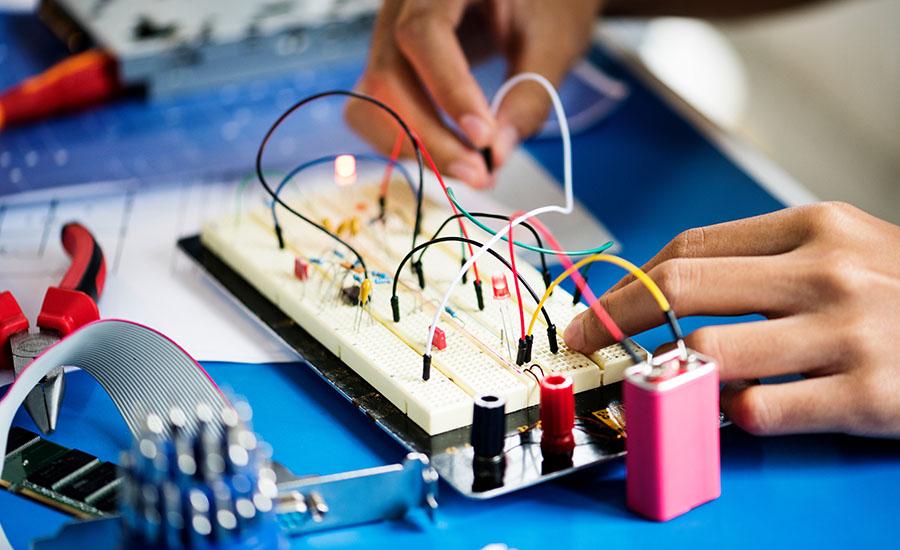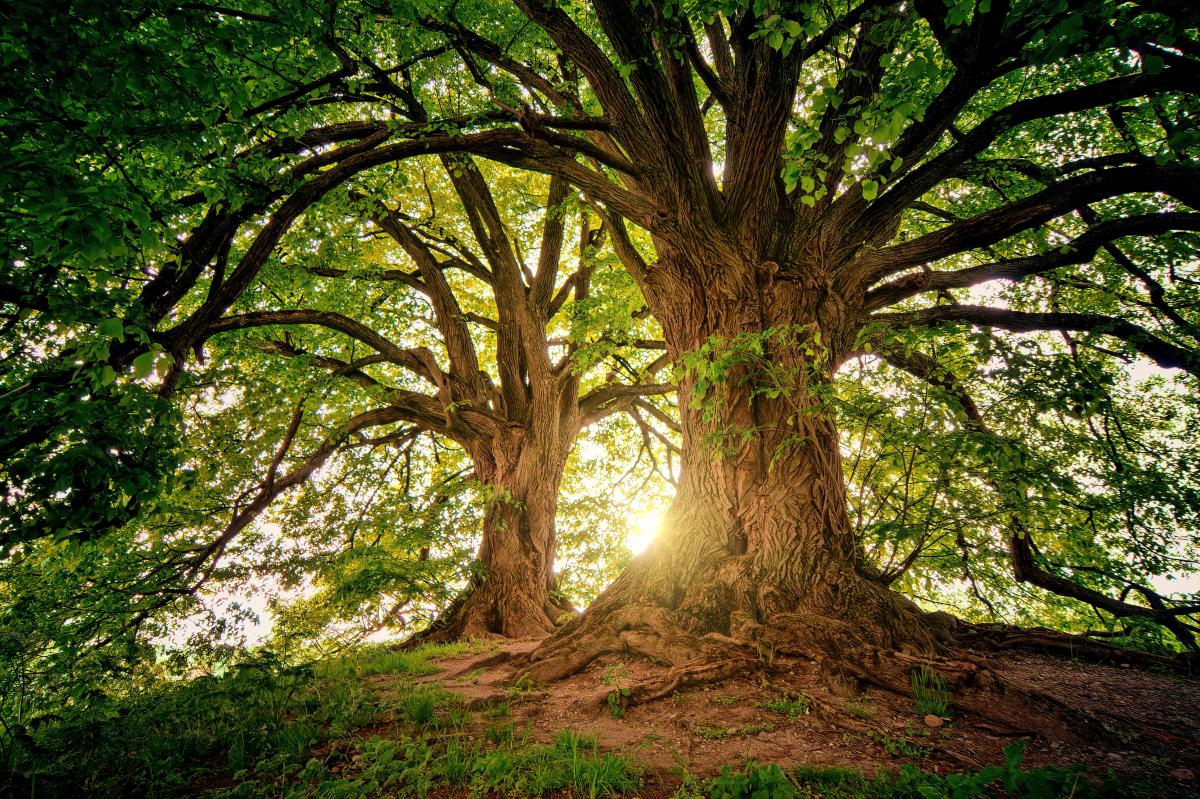Grades:
5th Grade
Students are actively engaged in this creative lesson where they use their genetics knowledge to construct a game for others to play! They will use a Punnett Square and other genetic terminology as
Grades:
6th Grade
To demonstrate their understanding of how energy is passed throughout an ecosystem and the symbiotic relationships of organisms within an ecosystem, students construct a food web marble run. This
Grades:
8th Grade
In this lesson students analyze the relationship between rainfall and tree growth from a sample. They will then graphically model that relationship. This is the 4th lesson in a series of 4. Links to
Grades:
1st Grade, 2nd Grade, 3rd Grade, 4th Grade
This lesson takes place over three hour-long, before- school STEAM club meetings. Students will discuss and learning about weather and climate. Then they will complete an engineering challenge to
Grades:
6th Grade, 7th Grade, 8th Grade, 9th Grade
This lesson is part of a school-wide project to renovate a greenhouse and create a native seed library. This lesson is intended to create intrinsic motivation to engage in the project. This lesson
Grades:
5th Grade
This is the first lesson for the 5th grade life science unit involving environmental factors and organisms. The materials needed are two articles, highlighters, and either a laptop or tablet to
Grades:
3rd Grade, 4th Grade
This is lesson 4 out of a unit of 4 lessons about habitats. In the proceeding lessons, students researched habitats and animal adaptations. This lesson is a presentation of information using a variety
Grades:
1st Grade
In this lesson, students will watch seeds grow on a damp sponge by measuring, journaling and observing. They will observe how the roots and shoots grow.
Grades:
5th Grade
This real-world lesson allows students to understand the impact of an oil spill on animals in the wild. Students experiment with ways to clean oiled animals. There is a literacy integration, hands-on
Featured
Cut Out Stop Motion Animation
Grades:
2nd Grade, 3rd Grade, 4th Grade, 5th Grade, 6th Grade
Students will create their own cut-out stop motion animation videos using the iMotion app. Students will learn about stop motion animation, plan and create a storyboard, and then actually engineer the
Grades:
4th Grade, 5th Grade, 6th Grade
Summary: Students will design and create a model of a flowering plant that correctly displays its external structure. Materials: Straws, toothpicks, felt, paper, string, wooden skewers, modeling clay
Featured
Tide Pools Ecosystem: Human Impact
Grades:
6th Grade
This lesson plan includes ideas and materials to last for 5 days. The students will be learning about human impact on tide pools and engineering their own solution. On the first day will be about
Grades:
9th Grade, 10th Grade, 11th Grade
In this lesson, students will be introduced to the concept of homeostasis with online research and then investigate how feedback mechanisms are used to maintain homeostasis during exercise during an
Grades:
10th Grade
The lesson plan is about energy transfer in an ecosystem using beads. Students will participate in an interactive simulation about energy transfer. They will collect data and ultimately create a class
Grades:
5th Grade
In this engaging lesson, students work together to design a water filtration system to separate pollutants from water. This lesson takes about 120 minutes to complete. Various resources are included!
Grades:
3rd Grade, 4th Grade
This lesson is going to be designed to teach third graders about the plant cells and anatomy. The lesson is based on an overview of the plant cells and an interactive experience for students to
Grades:
6th Grade
Students explore the limiting factors of yeast over 2-3 days. The materials needed are yeast, sugar, water, ice, tea kettle, empty soda or water bottles, balloons, graduated cylinder, string, ruler
Grades:
2nd Grade
It's time to lay down roots in this hands-on lesson! Students will construct a model of plant roots using Play-Doh. They will explain the different parts of a plant and the different roles the parts
Grades:
10th Grade, 11th Grade, 12th Grade
This lesson plan includes activities for a full unit on Fission and Fusion, which are included in our state science standards. Students will create models of fusion and fission using a free online
Grades:
6th Grade
In this lesson, students will collaborate to design and engineer a product to contain and clean up an oil spill while saving the affected wildlife. They will also accurately complete an itemized
Grades:
1st Grade
What is the life cycle of a butterfly? How do butterflies use their wings? Answers to these questions and more are in this engaging lesson. The challenge for the students is to create a butterfly
Grades:
9th Grade, 10th Grade
This lesson plan focuses around 4 key topics, with activities for each. The plan covers renewable energy, solar energy, why solar energy is important, and what the children can do to conserve energy
Grades:
5th Grade
This engaging lesson places an emphasis on how oil adversely affects the environment and animal habitats. Students complete a hands-on activity to replicate an oil spill and then develop a
Grades:
6th Grade, 7th Grade, 8th Grade
In this hands-on lesson, students use fruit snacks or candy to create models of the molecules used and produced in cellular respiration.
Featured Lesson Plans
Check out these notable lesson plans.

Grades:
7th Grade, 8th Grade
In this outstanding lesson, students will explore circuitry through working collaboratively to build a working floor piano out of simple materials. Students explore the engineering design process by

Featured
STEM in the Garden- Wild Bee Hotel
Grades:
3rd Grade
Third grade students will apply their knowledge of the significance of bee pollination by designing and creating a Wild Bee Hotel in a collaborative group which will incorporate literacy, mathematical

Grades:
5th Grade, 6th Grade, 7th Grade, 8th Grade
In this outstanding lesson, students will apply their knowledge of how natural and human-caused changes to habitats or climate can impact our world in a stop motion film. The lesson covers a Science


